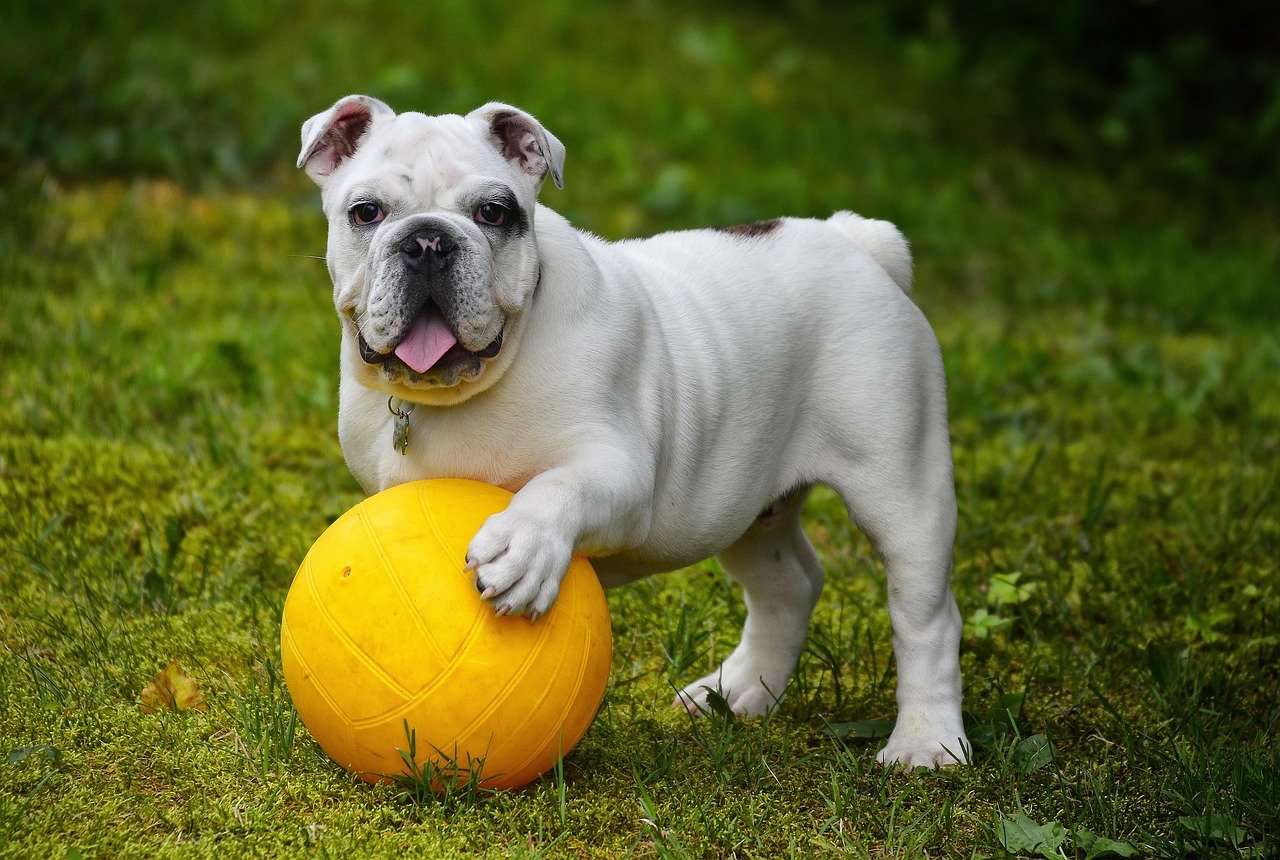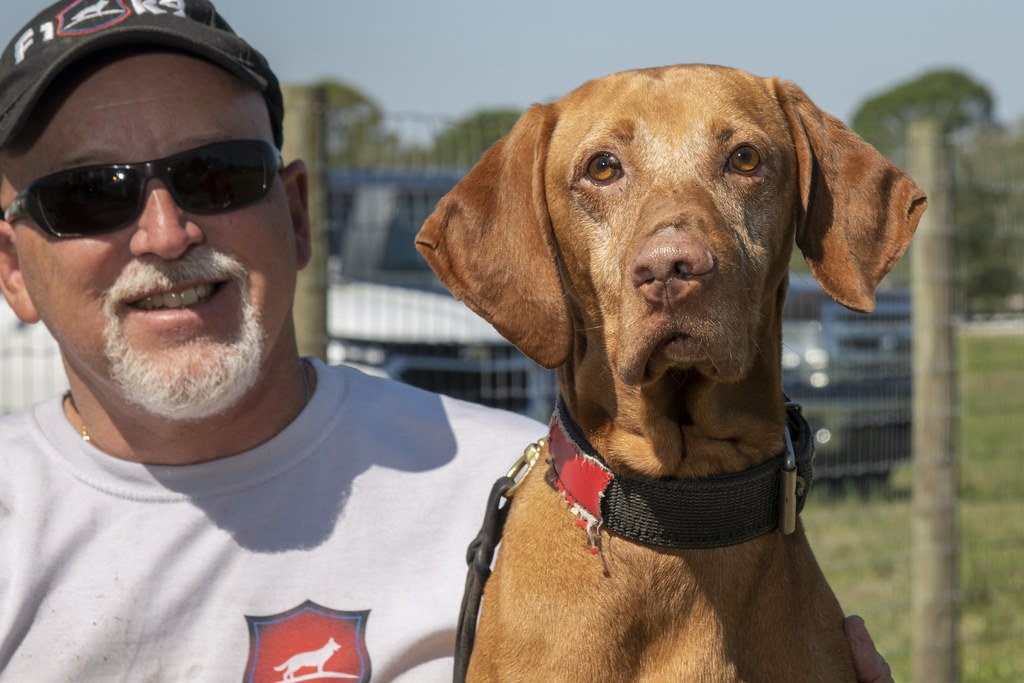Have you ever locked eyes with a shelter dog and felt that deep, aching hope in their gaze? It’s like they’re asking, “Is this my chance for love?” Bringing a shelter dog home is a beautiful act, but it’s just the start. These dogs have been through so much—they need more than food and a bed. They need proof, every day, that they truly matter. If you’re wondering how to show your new best friend that they finally belong, you’re in the right place.
Give Them Time to Unwind
Shelter dogs often arrive home with their nerves tingling and hearts pounding. Imagine being thrust into a brand-new world—it’s no wonder they might be jumpy or shy. The best gift you can offer at first is patience.
Let your dog explore at their own pace. Avoid overwhelming them with guests or too many new experiences. Watch for signs of stress like cowering, tail tucking, or lip licking, and give them space to relax. Just being there, quietly, lets them know they’re safe now.
Create a Cozy Safe Space

Every dog craves a spot that’s theirs alone—a little den where they can retreat and recharge. Set up a comfy bed or crate in a quiet corner, away from the hustle and bustle.
Add a soft blanket and maybe a favorite toy. Over time, you’ll see your dog gravitate to this spot when they need a breather. This safe space tells them they have a home base, a place where no one will bother or scare them.
Stick to a Predictable Routine
Dogs thrive on routine, and for a shelter pup, predictability is like a warm hug. Set regular times for meals, walks, and bedtime. This consistency helps ease anxiety—they finally know what to expect.
A stable routine also makes it easier to spot changes in appetite or behavior, which could signal health problems. You’ll notice your dog relaxing more and more as they realize this new life is steady and safe.
Offer Gentle, Respectful Affection
Some shelter dogs have never known gentle touch. They might flinch or shy away at first. Always let them come to you for pets and cuddles—never force it.
Watch for cues like a wagging tail, soft eyes, or leaning in close. If they back away, give them space. When they do seek affection, respond with slow, calm strokes. Over time, you’ll build a bond rooted in trust, not fear.
Feed Them Nutritious, Tasty Meals

Good food is a powerful way to say “I care.” Many shelter dogs arrive underweight or with dull coats. Choose high-quality dog food suited to their size and age, and add the occasional healthy treat.
If you notice vomiting, diarrhea, or itching, it could mean a food allergy or sensitivity. Pay attention and adjust as needed. Sharing joyful mealtimes is a simple, daily reminder that they’re loved and cared for.
Use Positive Reinforcement Training

Training isn’t just about rules—it’s about communication. Ditch harsh corrections and reward good behavior with treats, praise, or play. This helps your dog feel confident and eager to learn.
Look for signs they’re catching on, like tail wags, eager eyes, or even a happy “play bow.” If your pup seems confused or nervous, break tasks into smaller steps. Training builds trust and helps your dog understand how to succeed in their new home.
Take Joyful Walks Together
Walks are more than exercise—they’re a chance to explore the world side by side. Let your dog sniff, investigate, and take in the scenery at their own pace. It’s their time to just be a dog.
If your shelter dog is fearful of new sights or sounds, start with short strolls in quiet places. Celebrate little victories, like walking past another dog calmly or sniffing a new flower. Every outing is a memory in the making.
Play and Enrich Their World

Shelter dogs sometimes forget how to play, but it’s never too late to rediscover fun. Try different toys—squeaky balls, ropes, puzzle feeders—until you find what makes their eyes light up.
Short play sessions can help timid pups come out of their shells. Use play to teach gentle mouthing and build confidence. You’ll know you’re on the right track when you hear that happy, goofy “play growl” or see them zooming around with pure joy.
Watch for Health and Stress Signals
Shelter dogs might hide pain or anxiety, so become a keen observer. Watch for limping, excessive scratching, or changes in appetite. Lethargy, chewing paws, or constant barking can signal stress or illness.
Regular check-ups with a vet are a must, especially soon after adoption. Prevention—like vaccines, flea control, and dental care—helps your dog feel their best. If you’re ever unsure, reach out to your veterinarian for guidance.
Celebrate Their Unique Personality

Every shelter dog is a one-of-a-kind soul. Some are goofy clowns, others are gentle snuggle bugs, and a few are wise old souls. Embrace your dog’s quirks and let them be who they are.
Take pride in their progress, no matter how small. Share their story with friends, and let them shine in your family’s life. The more you honor their uniqueness, the more they’ll blossom into the loving companion you always hoped for.
Keep Showing Up, Every Day

Consistency is the greatest gift you can give a shelter dog. Show up with patience, kindness, and love—even on the tough days. Some dogs take weeks or months to let their guard down, but every moment you invest counts.
Before you know it, you’ll see the transformation: a wagging tail, a trusting gaze, maybe even a silly zoomie around the yard. That’s when you’ll know—they finally believe they deserve the best, because you showed them it’s true.

Born and bred in South Africa, a Capetonian at heart. Amy-Leigh’s love for nature and animals was inherited from her Dad. He loves taking the family on road trips to experience nature at its finest; Amy-Leigh’s favourite being whale watching in Hermanus and spotting Kudu along the West Coast. Amy-Leigh holds a BA in English Literature and Communication Studies.






